From the Middle of (K)nowhere – Winter – to the Middle of Europe – Summer: Back to Alma Mater, My First Day Experiences…
I’m so excited to write a short story about the first day of my recent ERASMUS trip. If you’ve been following the VR-Haptic Thinkers on our Website, you’ll know that I’ve gotten to stay at Debrecen again.
However, you might first be interested to know why I visited Debrecen, my Alma Mater.
Let me assure you it was not to escape from winter (-8° Celsius with 40 cm of snow) to arrive to summer (+26 °C), as I personally love the snow and Finnish Lakeland, Kuopio, the Middle of (K)nowhere…
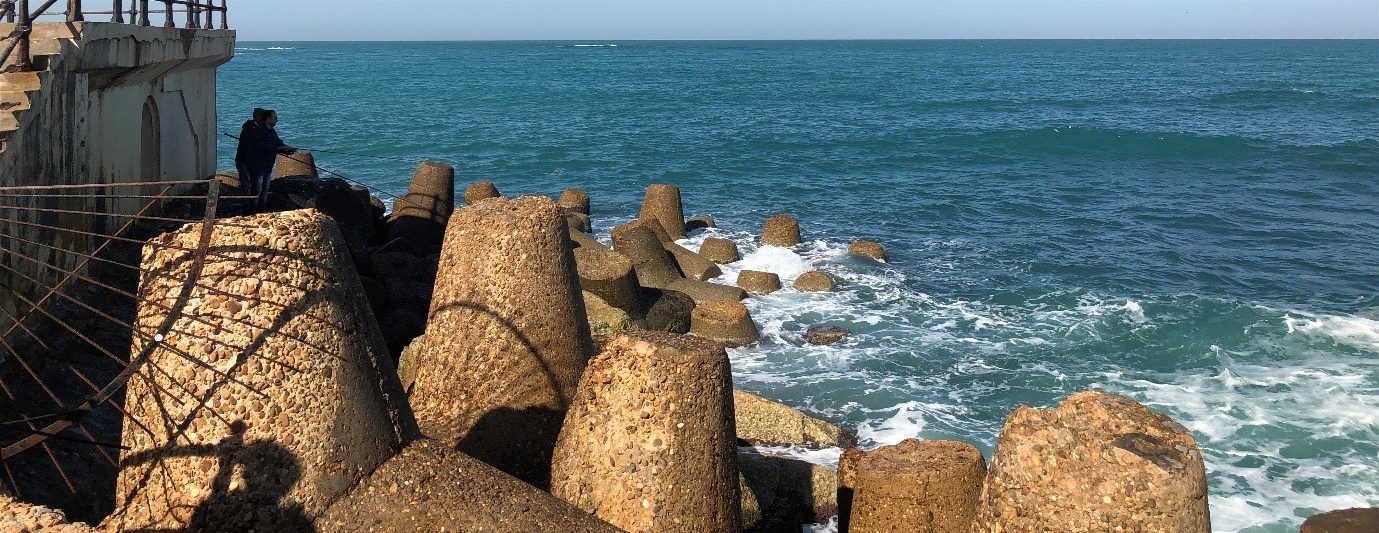
From planning to executing – Let’s shape the future… TOGETHER!
First to say, it was not my first time in Egypt; however, it was my first visit to Alexandria. By the time we arrived (me and Szabi) we were welcomed with a clear sky and a warm weather which was a nice change after a very long winter in Finland. We started our day, though […]
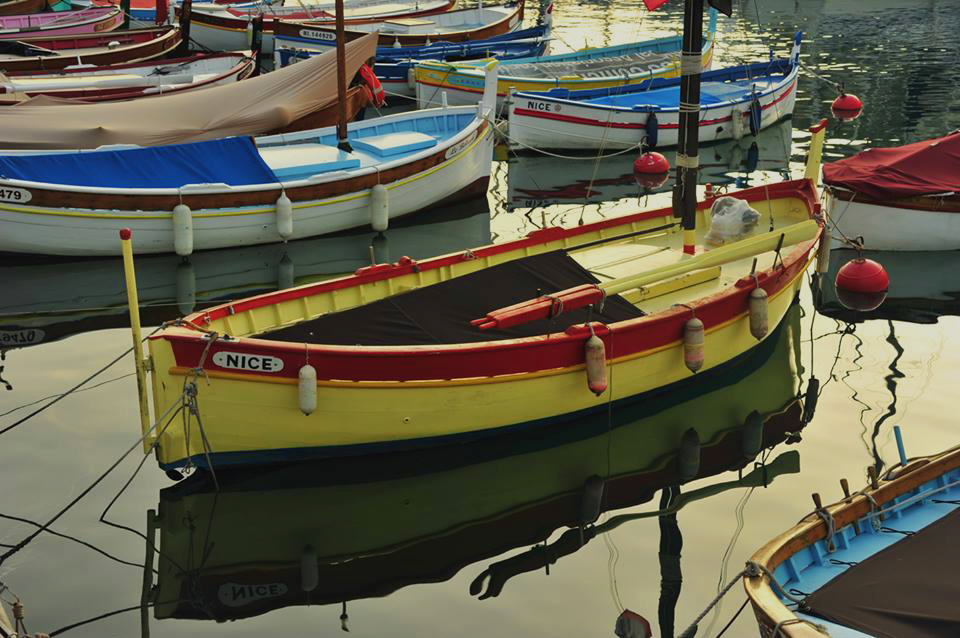
Faces of Côte d’Azur
It is not only the countless natural and cultural treasures of the French Riviera that entices people to visit this region, but in addition to the prestigious festivals of Antibes and Cannes there is an increasing number of international conferences that brings thousands to this sunshine empire, the world-famous capital of Côte d’Azur,Nice. Nice’s “bohemian” […]
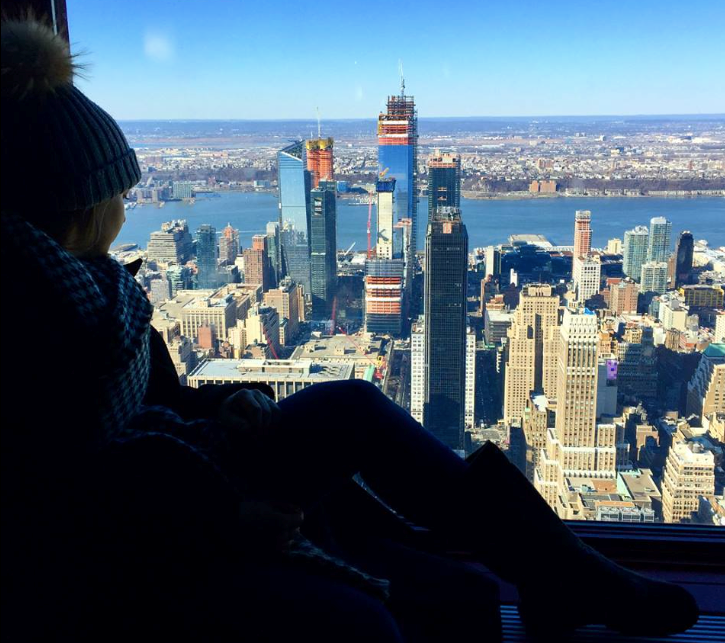
Sadan päivän tutkimusmatka
Hyvä lukija, kerron tässä blogissa Yhdysvaltojen Pensylvaniaan sijoittuvasta tutkimusvaihdosta tammi-maaliskuun aikana. Suomi 100 -teeman sopien matkan kesto on; mitä muutakaan kuin sata päivää! Toivon blogista apua erityisesti sellaiselle henkilölle, joka pohtii ulkomaan tutkijavaihtoa, mutta ei oikein tiedä mistä aloittaisi valmistelut. Tervetuloa mukaan seuraamaan matkaani! Kuka? Nimi: Saara Sillanmäki Koulutus: LL, tohtorikoulutettava ja kliiniseen fysiologiaan ja […]
Mon échange Erasmus+ au Maroc
Fin 2015, quand on m’a sollicité pour demander si un séjour au Maroc pourrait m’intéresser, je me suis dit : « Pourquoi pas ? » L’année universitaire de 2015–2016 étant très chargée, il fallait seulement fixer, puis aménager un créneau un peu plus avancé dans le temps. Une autre chose à prendre en considération était l’emplacement du Ramadan, les activités […]
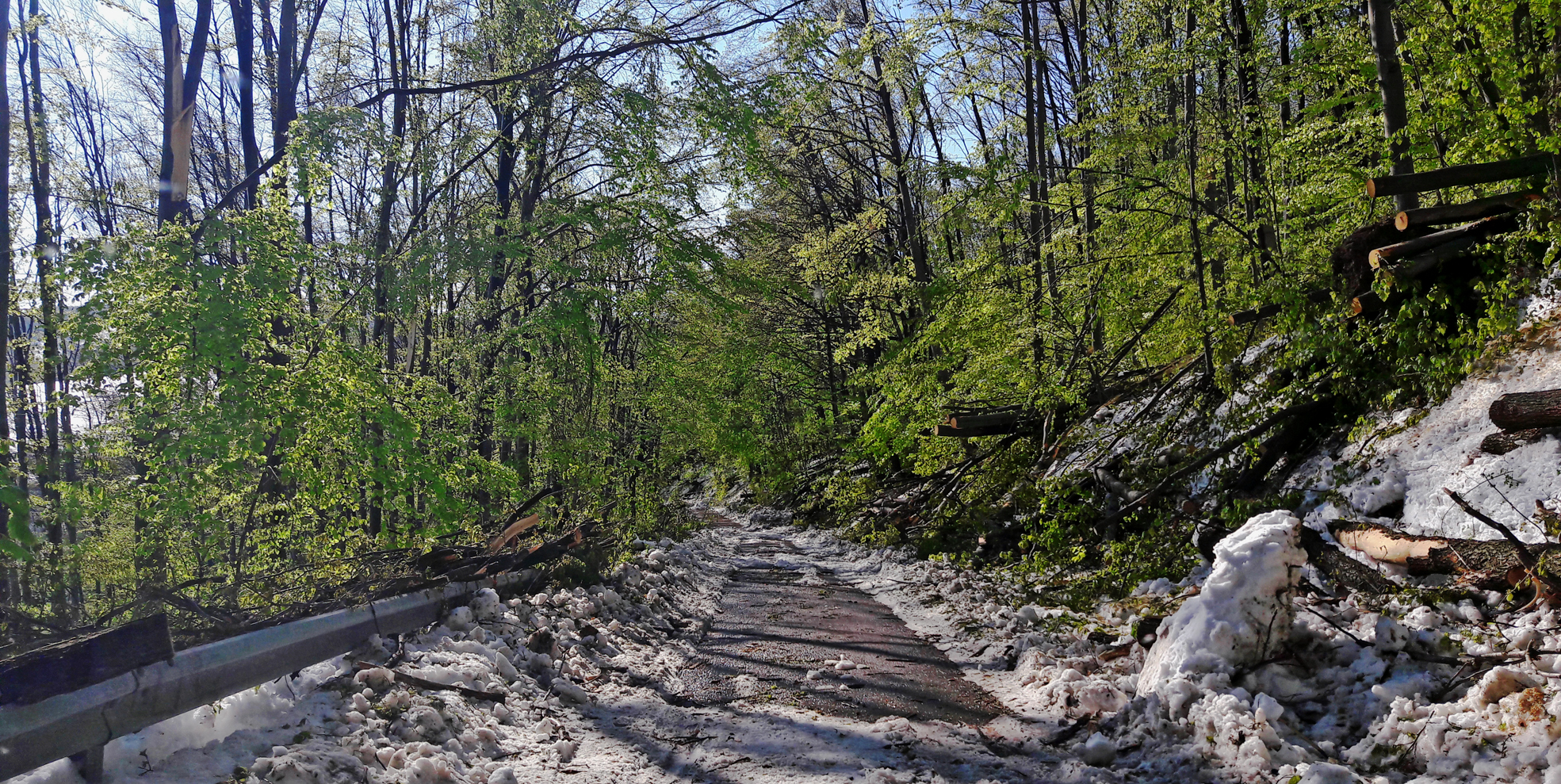
Holidays are not always happy days…
Preface As an anatomist-morphologist, during my everyday research, I often become inspired by the unique and characteristic colors and shapes of microscopic structures and I have been dealing with photography – as a bobby, mainly nature photography – for more than a decades. I believe that fastidious nature photography does not merely require (and for […]
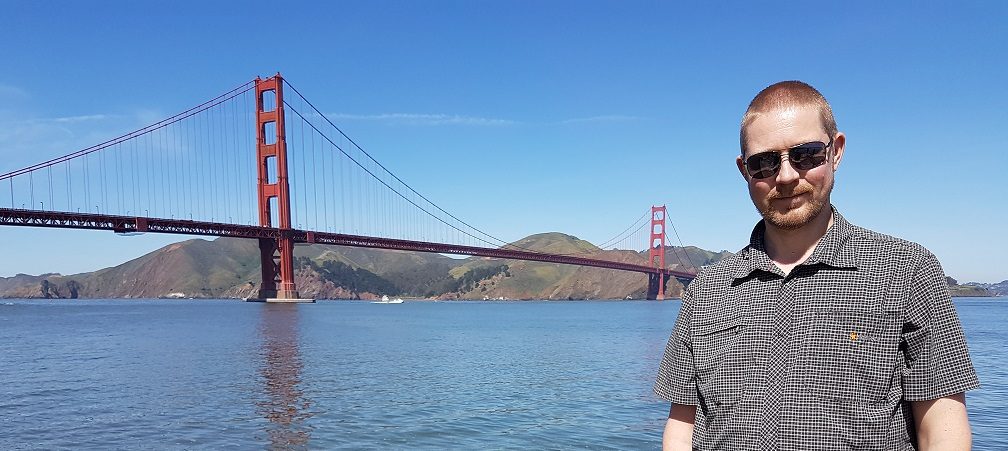
Old dog learning new tricks
So your postdoctoral research is over – years ago, and you feel that you still want to learn new directions to your research. Well, longish research visits do not have to be past life – it might be time to a new visit to foreign university! That was just what happened to me. I decided […]
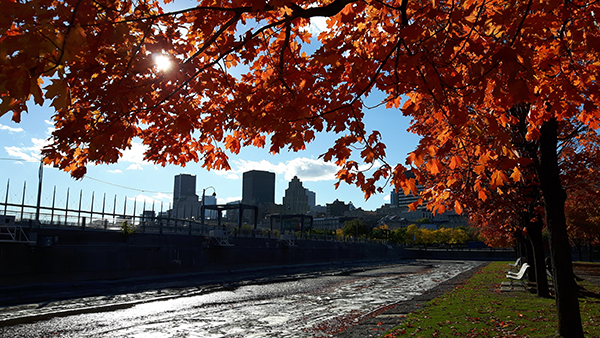
Research ethics in practice during fieldwork and in research collaboration
Last autumn, I had the pleasure of doing fieldwork among lawyers in Montreal during my 3.5 months-long research visit at Teluq/University of Quebec. I went there as a postdoctoral researcher working on a grant so I used my own equipment (i.e. computer, mobile phone, recorder). While this research visit was a wonderful experience both professionally […]
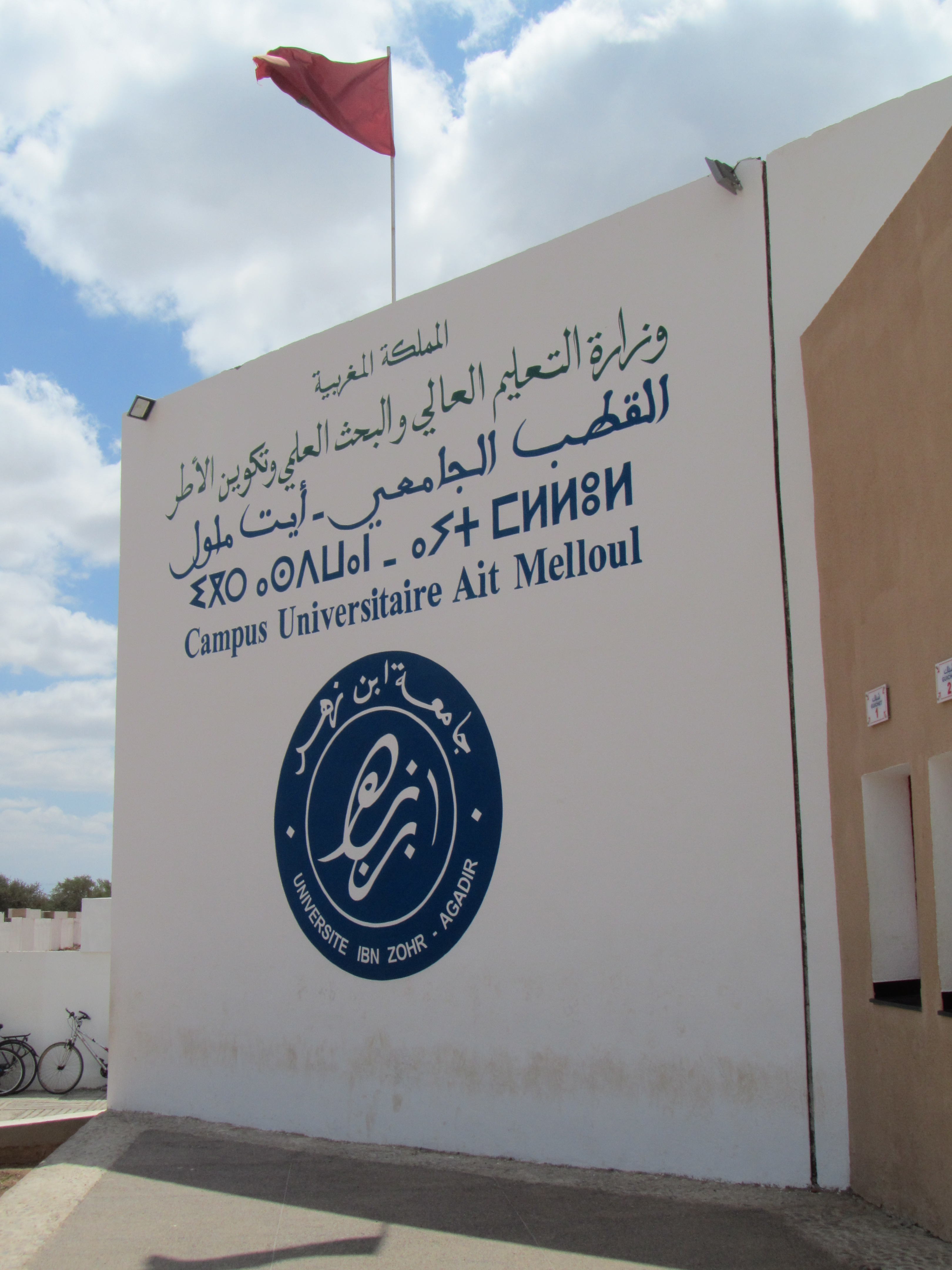
Erasmus+ North-South Visit to Agadir
In April 2016, I had the pleasure of visiting one of our partner universities, Ibn Zohr University in Agadir, Morocco, under the auspices of the ERASMUS+ Global Mobility Program. As the first UEF teacher participating in the Program, this visit provided many new experiences and enhanced my understanding of higher education in the region. It […]
Why in Ohio?
“I actually changed my college. I left my first one and came here. Ohio University is a better place. Here, people are friendly. This is more like at home.” – Alexis, second-year student, Social and Communication studies Ohio University has been ranked first in the nation for overall student satisfaction, based on a survey ranking […]